Exhibition dates: 1st August – 1st December 2013
Installation view of the exhibition Manuel Álvarez Bravo at The Wittliff Collections, Texas State University
This photographer will always be in my top ten photographers of all time. His lyricism and sensitivity to subject matter and narrative is up there with the very best that the medium has to offer. He was a great influence on my photography when I started taking black and white photographs in 1990. In this posting, it is nice to see some of the less well known of his images.
Dr Marcus Bunyan
.
Many thankx to The Wittliff Collections for allowing me to publish the photographs in the posting. Please click on the photographs for a larger version of the image.
Manuel Álvarez Bravo (Mexican, 1902-2002)
La señal / The Sign
1967
Gelatin silver print
Gift of Patricia and Keith Carter
Manuel Álvarez Bravo (Mexican, 1902-2002)
Votos / Votive Offerings
1966-69
Gelatin silver print
Manuel Álvarez Bravo (Mexican, 1902-2002)
Ángel del temblor / Angel of the Earthquake
1957
Gelatin silver print
Manuel Álvarez Bravo (Mexican, 1902-2002)
Colchón / Mattress
1927
Gelatin silver print
Manuel Álvarez Bravo (Mexican, 1902-2002)
La buena fama durmiendo / The Good Reputation Sleeping
1938-1939
Gelatin silver print
Manuel Álvarez Bravo (Mexican, 1902-2002)
Obrero en huelga, asesinado / Striking Worker, Assassinated
1934
Gelatin silver print
Manuel Álvarez Bravo (Mexican, 1902-2002)
Caja de visiones / Box of Visions
1938
Gelatin silver print
One of the founders of modern photography, Manuel Álvarez Bravo (1902-2002) is Mexico’s most accomplished and renowned photographer. His images are masterpieces of post-revolutionary Mexico, composed with avant-garde and surreal aesthetics that resonate with stylised vision. Álvarez Bravo’s signature landscapes, portraits, and nudes translate reality into dream-like moments that have become iconic. “Don Manuel,” as he was called, taught photography at various schools in Mexico City and mentored generations of Mexico’s finest photographers. The Wittliff is proud to present its first-ever solo exhibition of works by this esteemed master – the result of more than 20 years of collecting – more than 50 of Álvarez Bravo’s signed prints. Included among the many famous images are: Bicicletas en domingo / Bicycles on Sunday; Caja de visiones / Box of Visions; El ensueño / The Day Dream; Obrero en huelga asesinado / Striking Worker Murdered; Parábola óptica / Optical Parable; and Retrato de lo eterno / Portrait of the Eternal.
Born in 1902 in Mexico City into a family that supported the arts, Manuel Álvarez Bravo learned photography largely on his own but was encouraged by other well-known photographers, including Hugo Brehme, Tina Modotti, and Edward Weston, as well as the French surrealist writer André Breton. Álvarez Bravo’s art – which matured into a transcendence of culture, time, and place – was inspired by the times, during post-Revolutionary Mexico when Mexico City flourished as one of the major creative and intellectual centers of the world. In 1955, Edward Steichen included his work in the landmark exhibition The Family of Man for the New York Museum of Modern Art (MoMA). Álvarez Bravo’s imagery has been featured in over 150 solo exhibitions, and he garnered many honours throughout his career.
The interests of “Don Manuel,” as he was called, went beyond his own photographic work, and his influence was far-reaching. He co-founded the Mexican Foundation for Publishing in the Plastic Arts devoted to books about Mexican art, planned the Mexican Museum of Photography in Mexico City, and mentored and befriended a great many younger, emerging photographers and artists in Mexico. He died at the age of 100 in October 2002. On view in addition to the Álvarez Bravo photographs are portraits of him by Graciela Iturbide, Rodrigo Moya, and Bill Wittliff. The poem Facing Time, an ode to Álvarez Bravo’s work by Nobel Laureate Octavio Paz, is featured among other supplementary materials. Paz, a collaborator and friend of Álvarez Bravo’s, describes the photographer’s vision as “the arrow of the eye / dead center / in the target of the moment.
Text from The Wittliff Collections website
Manuel Álvarez Bravo (Mexican, 1902-2002)
Retrato de lo Eterno / Portrait of the Eternal
1977
Gelatin silver print
Manuel Álvarez Bravo (Mexican, 1902-2002)
En el templo del tigre rojo / In the Temple of the Red Tiger
1949
Gelatin silver print
Manuel Álvarez Bravo (Mexican, 1902-2002)
Calabaza y caracol / Squash and Snail
1928, printed 1980
Platinum print
Manuel Álvarez Bravo (Mexican, 1902-2002)
Nino Orinando
1927
Manuel Álvarez Bravo (Mexican, 1902-2002)
Día de todos muertos / Day of the Dead
1933
Gelatin silver print
Courtesy of Bill and Sally Wittliff
Manuel Álvarez Bravo (Mexican, 1902-2002)
Las lavanderas sobreentendidas / The Washerwomen Implied
1932
Gelatin silver print
Manuel Álvarez Bravo (Mexican, 1902-2002)
Señor de Papantla / Man from Papantla
1934
Gelatin silver print
Manuel Álvarez Bravo (Mexican, 1902-2002)
Peluquero / Barber
1924
Gelatin silver print
Manuel Álvarez Bravo (Mexican, 1902-2002)
El ensueño / The Daydream
1931
Platinum print
Courtesy of Bill and Sally Wittliff
Manuel Álvarez Bravo (Mexican, 1902-2002)
El umbral / The Threshold
1947
Gelatin silver print
Manuel Álvarez Bravo (Mexican, 1902-2002)
Dos pares de piernas / Two Pairs of Legs
1928-29
Gelatin silver print
Courtesy of Bill and Sally Wittliff
Manuel Álvarez Bravo (Mexican, 1902-2002)
Maniquí tapado / Wrapped Mannequin
1931
Gelatin silver print
Manuel Álvarez Bravo (Mexican, 1902-2002)
El pez grande se come a los chicos / The Big Fish Eats the Little Ones
1932
Gelatin silver print
Manuel Álvarez Bravo (Mexican, 1902-2002)
Parabola optica / Optical Parable
1931
Gelatin silver print
The Wittliff Collections
Alkek Library, Seventh Floor
Texas State University, San Marcos
Opening hours:
Hours vary throughout the year – PLEASE CALL AHEAD: 512.245.2313.




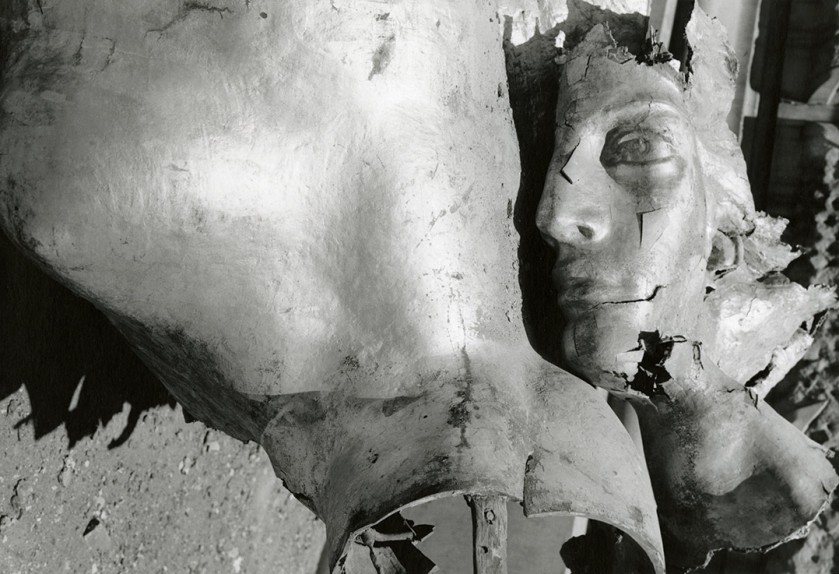


















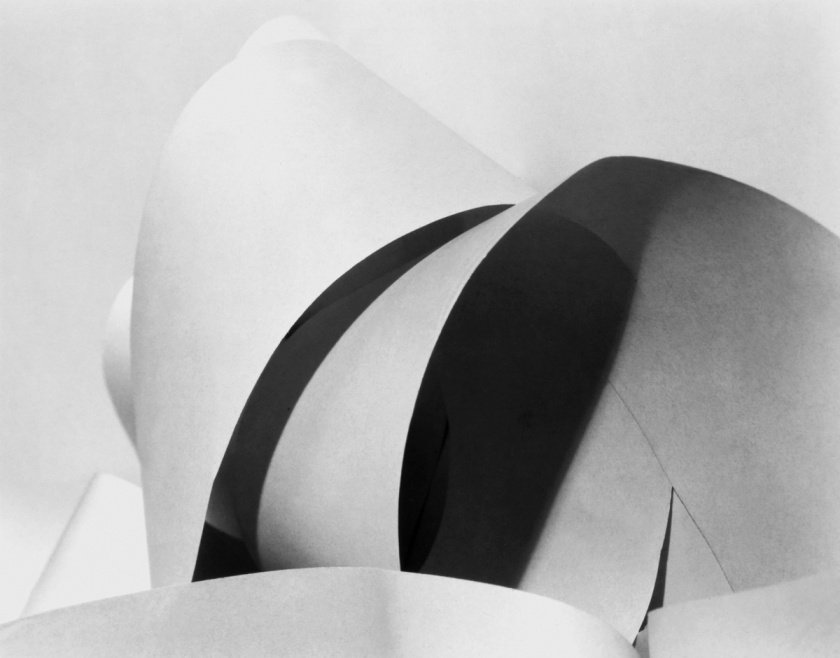




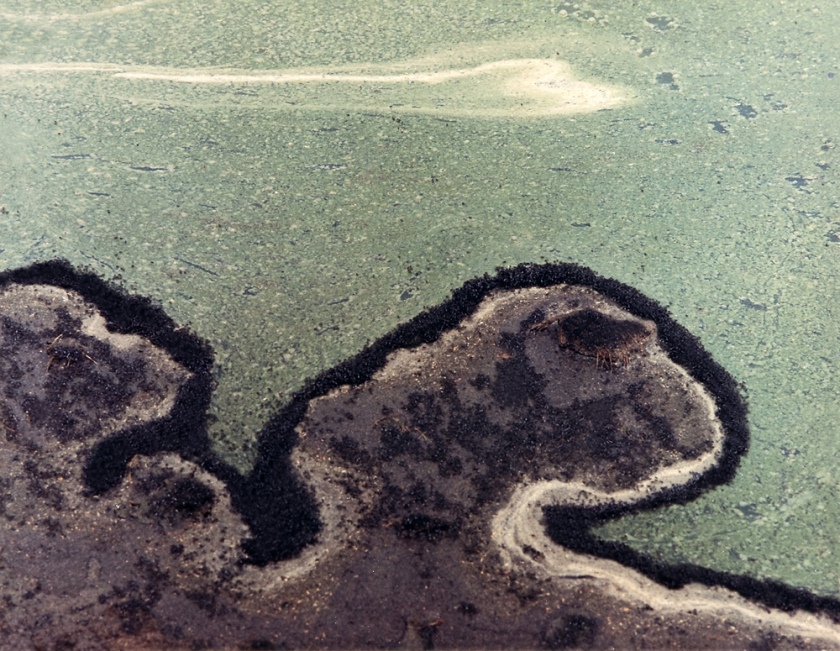
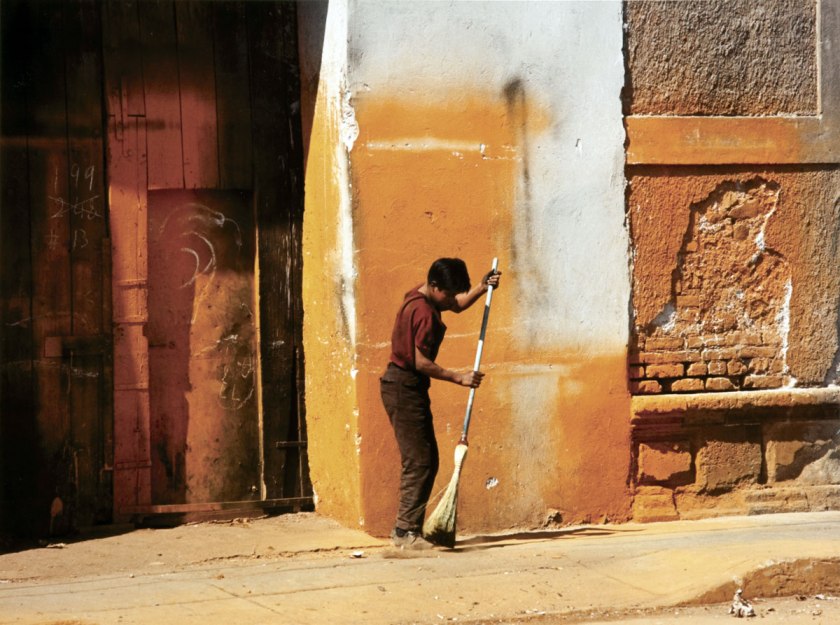

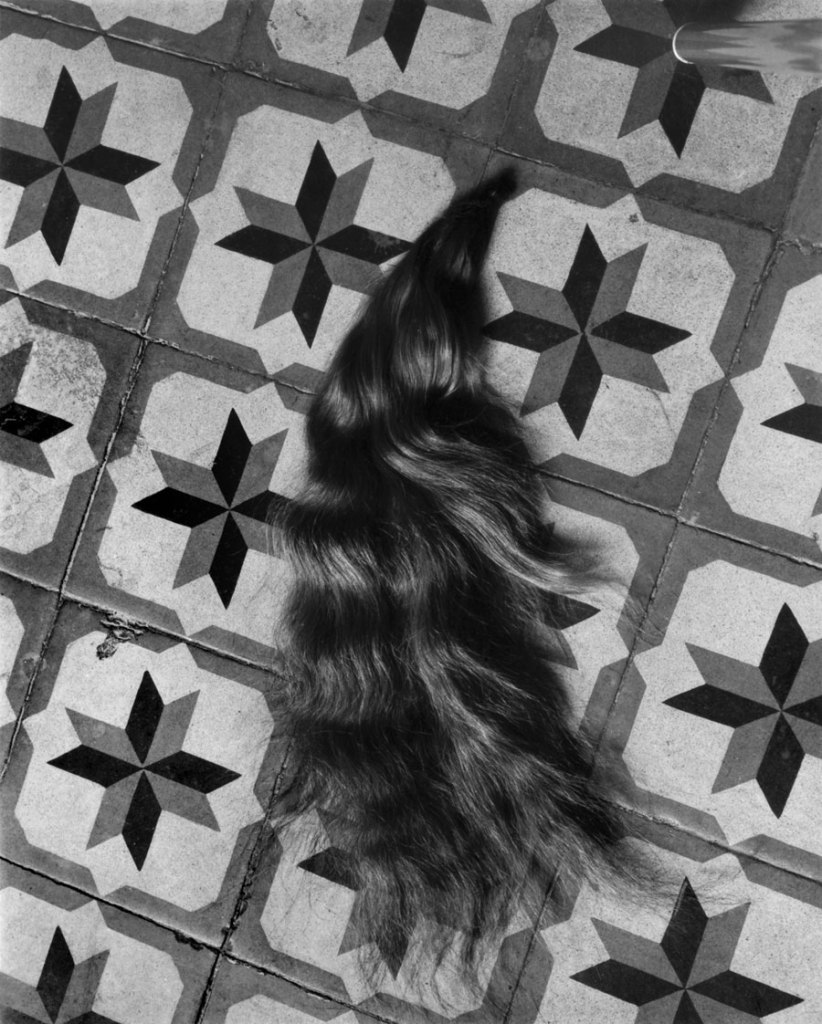
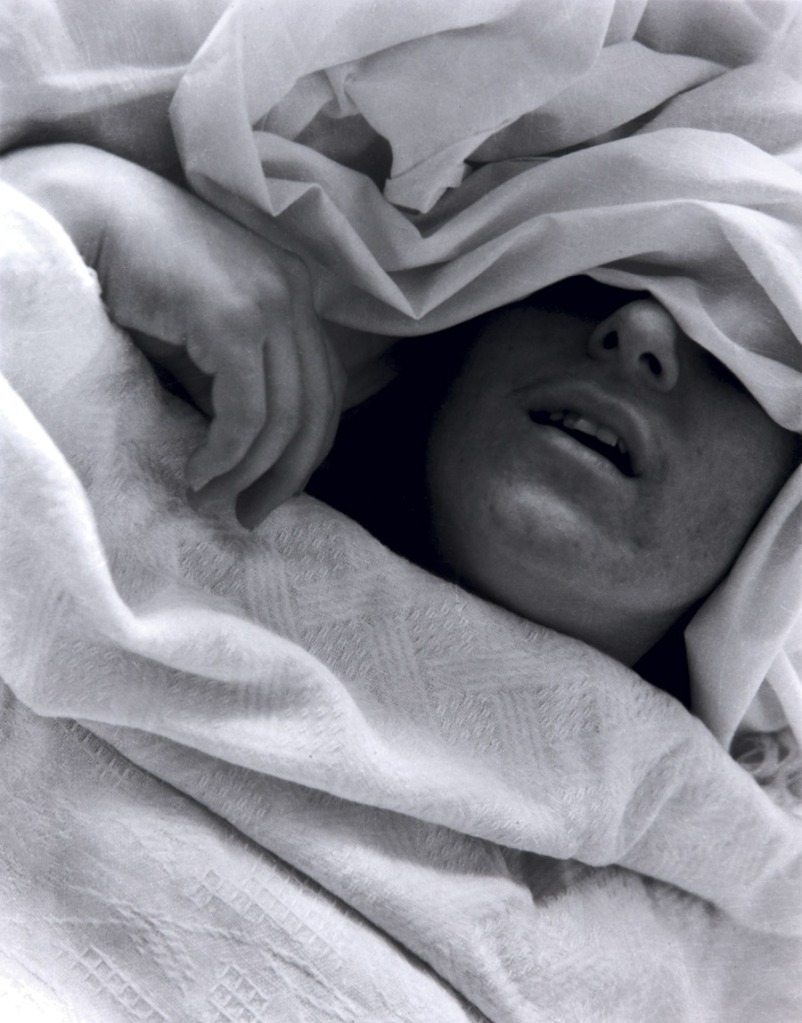


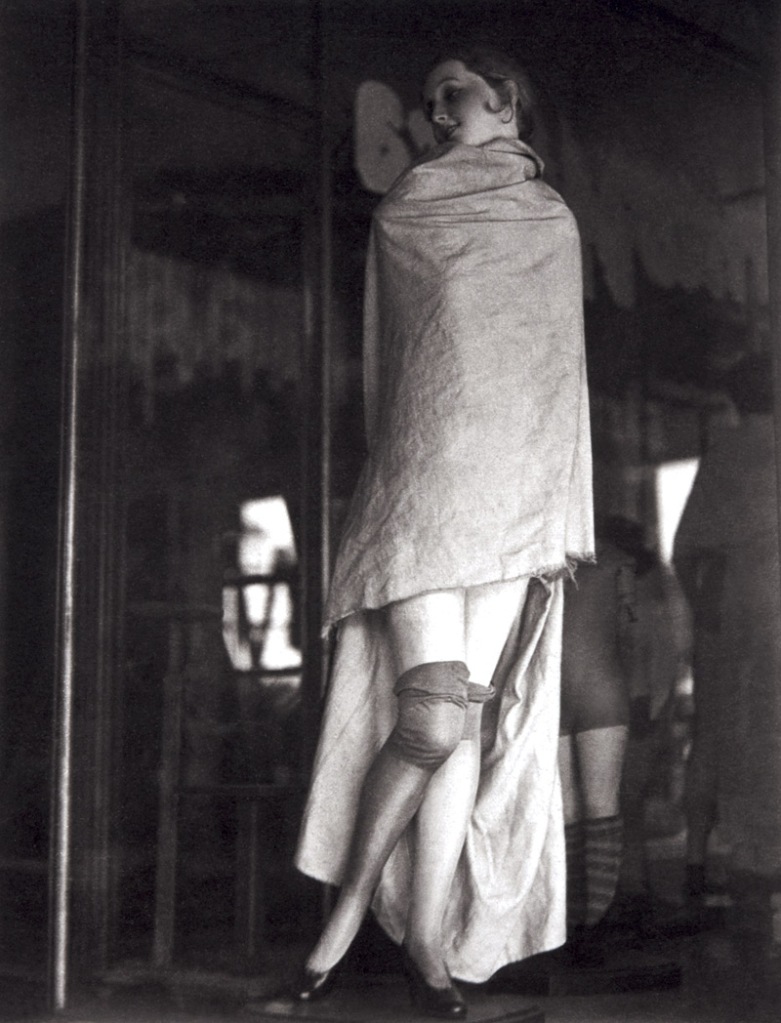
You must be logged in to post a comment.